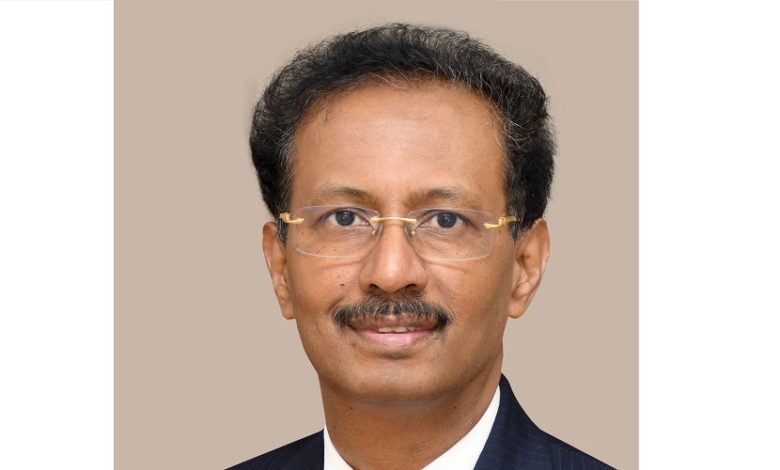Dr S Rajasekaran bags Stanford University’s recognition for orthopaedic surgery

His name has been cited in Top 2 percent of world scientists contributing to orthopaedic surgery
Stanford University group, USA, has recognised orthopaedic surgeon Dr S Rajasekaran for his contribution in the field of orthopaedic surgery. His name has been categorised as the top 2 percent of scientists whose work has had the maximum impact in their respective fields
The authors also refined the method of analysis by excluding self-citations. For each author, separate data for career-long and single-year impact was calculated. Metrics with and without self-citations and ratio of citations to citing papers were done. Scientists were classified into 22 scientific fields and 176 subfields. Field- and subfield-specific percentiles were also provided for all scientists.
Dr Rajasekaran’s research in the field of orthopaedic surgery has mainly concentrated in the field of spinal infections, spinal deformity and low back pain. Of the numerous publications, the top 227 international papers of Dr Rajasekaran were considered for the analysis. Dr Rajasekaran’s first research paper was published in 1987, just as he completed his post-graduation and this research focussed on the problem of severe spinal deformities following spinal tuberculosis and other infections. This was published in the American Journal of Bone & Joint Surgery. His research work mainly concentrates on the problem of low back pain, disc biology and the problem of severe spinal deformities and scientific work forms a good example of bed to bedside research combining both clinical and basic science.
Dr Rajasekaran set up the Ganga Orthopaedic Research and Education Foundation (GOREF) in August 2002, which was approved by the Department of Science and Technology to fund the research of the Ganga Research Centre which focuses on molecular level research to see how disc degeneration (which is the cause for more than 90 percent of back pain) can be prevented or even reversed.
Dr Rajasekaran’s work has been published in many international journals and they have also been the recipient of many international awards. These are
- North American Spine Society Outstanding Research Award consecutively for 2019 & 2020
- Asia Pacific Spine Society Best Clinical Research Award for 2019
- Asia Pacific Spine Journal Award for Best Clinical Paper for 2019
- Asia Pacific Spine Society Basic Science Research Award for 2019
- Asia Pacific Spine Journal Award for Best Basic Science Paper for 2019
- ISSLS (International Society for the Study of Lumbar Spine, Canada) Prize for Spine Research for four years – 2004, 2010, 2013 and 2017
- EuroSpine Open Paper Award’ for 2008
- Macnab LaRocca Research Award of ISSLS, Canada in 2005
- Sofamer Danek Award for the best Scientific presentation internationally by the International Society for the Study of Lumbar Spine thrice for the years 1996, 2002 and 2006.
Nationally, he has also been recognised by the following awards:
- Dr BC Roy Silver Jubilee Research Award for 2004 by Medical Council of India
- Hari Om Ashram Alembic Research Award for 2004 and 2017 by Medical Council of India
- Hari Om Ashram Prerit Dr S Rangachari Research Endowment Lecture Award in 2007 by Association of Surgeons of India
- Research & Publication Awards for the years 2003 to 2020 by Association of Spine Surgeons of India
The Stanford University group, USA created a publicly available database of 100,000 top scientists. The work was done by three of the top scientists John PA Ioannidis from the Department of Medicine, Stanford University, USA; Kevin W Boyack of SciTech Strategies, New Mexico, UJS and Jeroen Baas from Research Intelligence, Elsevier, Amsterdam and published in the journal PLOS BIOLOGY. The authors used scopus data to compile a database of the 100,000 most cited across authors across all scientific fields based on their ranking of a composite indicator that considered six important citation metrics – total citations, Hirsch-h index, co-authorship-adjusted Schreiber hm-index, number of citations to papers as single author, number of citations to papers as single or first author, and number of citations to papers as single, first or last author.



